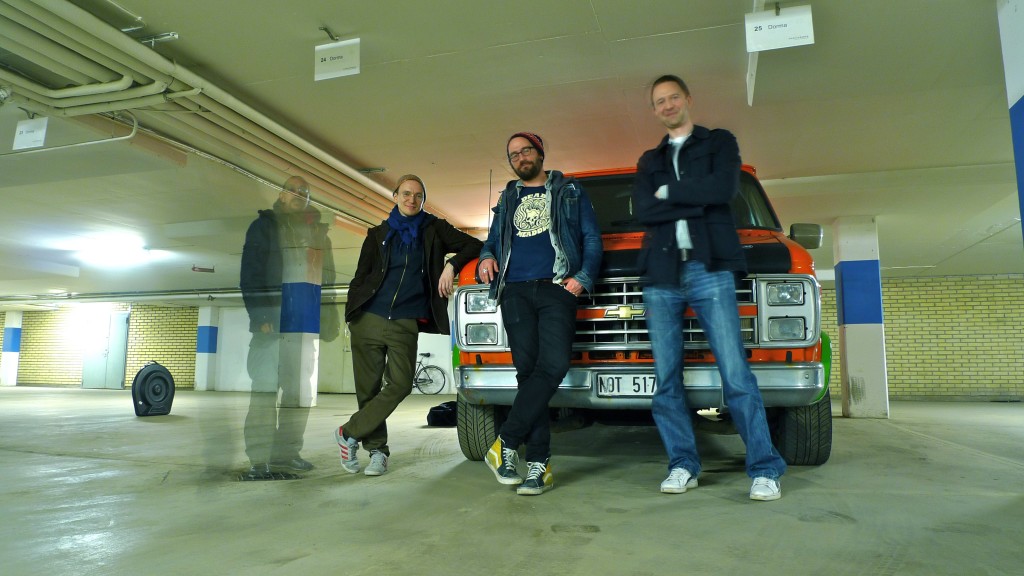The art of shameless self-promotion!
We have a new band called Kungens Män. Improvised psychedelia, or something like that. Listen to some rehearsals on our Soundcloud page and if you like it, check the Facebook page for more stuff. Thanks!
All posts by Indy
The best albums of 2012
2012 brought a whole bunch of good albums, but very few that really fucked me up the way I like it.
When checking Pitchfork, The Wire or whatever shit that’s hot right now, I realize I’ve only heard three or four albums on their lists. Maybe that’s a good thing…
The albums listed with cover art are those that seriously messed with my mind, i.e. they are insanely good. The rest is also well worth your attention. Check them out!
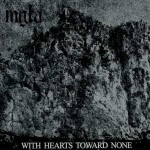

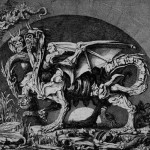




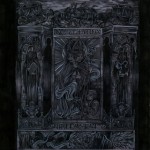
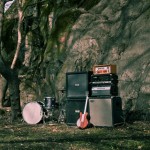

Aesop Rock – Skelethon
Blacastan – The Master Builder Part II
Bombs of Hades – The Serpent’s Redemption
Burzum – Umskiptar
Bäddat För Trubbel – Värdighet
Can – The Lost Tapes
DC The Midi Alien – Avengers Airwaves
Dead Can Dance – Anastasis
Deathspell Omega – Drought
Degial – Death’s Striking Wings
Dinosaur Jr – I Bet On Sky
Goat – World Music
Godspeed You! Black Emperor – Allelujah! Don’t Bend! Ascend!
Grand Magus – The Hunt
Graveyard – Lights Out
Julia Rovinsky – Dark
Katatonia – Dead End Kings
Marduk – Serpent Sermon
Massgrav – Still The Kings
Master’s Hammer – Vracejte konve na místo
Meshuggah – Koloss
Missbrukarna – Zooma in en zombie
Necrovation – Necrovation
Neneh Cherry & The Thing – The Cherry Thing
No Future – Jämtländska mord
Nominon – The Cleansing
OFF! – OFF!
Roc Marciano – Reloaded
Sabbath Assembly – Ye Are Gods
Spiritualized – Sweet Heart Sweet Light
Storm Corrosion – S/T
Swans – The Seer
The Brian Jonestown Massacre – Aufheben
The Soft Moon – Zeros
Tiamat – The Scarred People
Unsane – Wreck
Usurpress – Trenches of the Netherworld
Witch Mountain – Cauldron of the Wild
Woven Hand – The Laughing Stalk
Year of the Goat – Angel’s Necropolis
Änglagård – Viljans öga
Getting Closer To God In A Tight Situation
Sketch & Smoke – Bomb & Burn
Mix #05 made on January 10, 2013
Aphrodelics, Kruder & Dorfmeister, Gotan Project, St Germain,
Waxolutionists, Tosca, Walkner Möstl, Urbs’N’Chaos VS Headhunter, Spacelink…
Getting Closer To God In A Tight Situation by Mattias Indy Pettersson on Mixcloud
What Space Was Like Before
Sketch & Smoke – Bomb & Burn
Mix #04 made on October 16, 2011
The Terror Show, Farflung, Audionom, Lucifer’s Friend,
Roky Erickson, The Beatles, Jex Thoth, White Hills…
What Space Was Like Before by Mattias Indy Pettersson on Mixcloud
Meditation Is The Practice of Death
Sketch & Smoke – Bomb & Burn
Mix #03 made on October 3, 2011
Om, Earth, Bohren Und Der Club of Gore, Bong…
Meditation Is The Practice of Death by Mattias Indy Pettersson on Mixcloud
Lullaby Macabre
Sketch & Smoke – Bomb & Burn
Mix #02 made on September 22, 2011
Low, Six Organs Of Admittance, Morte Macabre,
seamonster1, Nick Cave & Warren Ellis, Erik Enocksson…
Lullaby Macabre by Mattias Indy Pettersson on Mixcloud
And The Hills Shall Melt
Sketch & Smoke – Bomb & Burn
Mix #01 made on September 19, 2011
Air Liquide, The Orb, Biosphere, B12, Autechre,
Speedy J, Aphex Twin, The Sabres of Paradise, Orbital…
And The Hills Shall Melt by Mattias Indy Pettersson on Mixcloud
